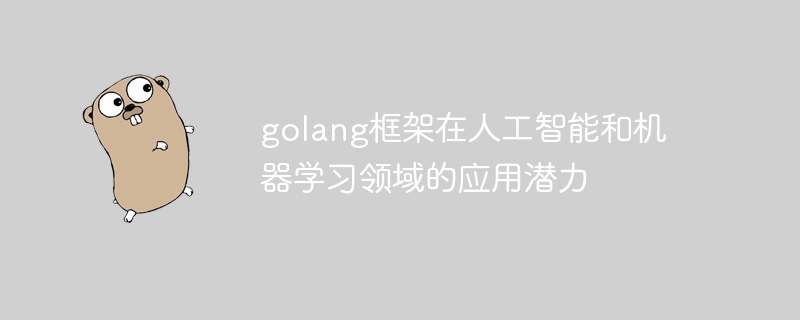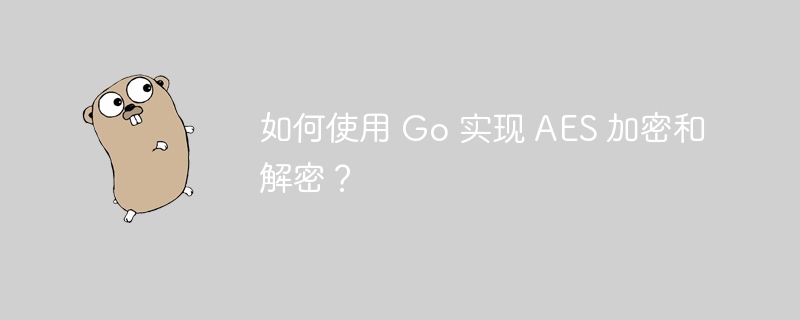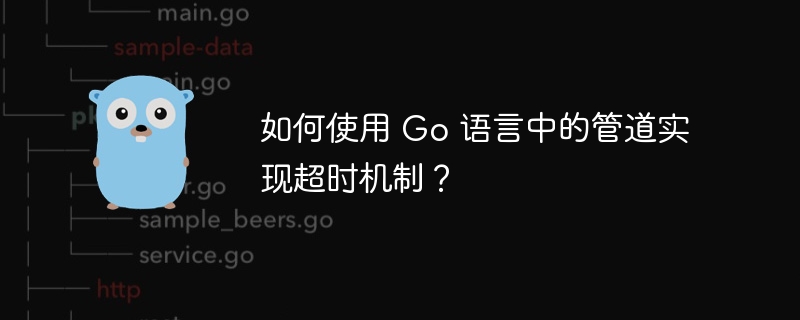Go 框架为 AI 和 ML 应用程序提供了高性能、并发性和轻量级优势。实战案例中使用 Go 框架构建的图像分类器通过加载 TensorFlow Lite 模型、处理图像数据和运行模型来预测图像类别,展示了 Go 框架在 AI 和 ML 领域的应用潜力。

Go 语言以其高性能、并发性和简洁的语法而闻名,使其成为构建 AI 和 ML 应用程序的理想选择。本文将探讨 Go 框架在 AI 和 ML 领域中的应用潜力,并提供一个实战案例。
对于 AI 和 ML 应用程序,Go 框架提供了以下优势:
考虑以下使用 Go 框架构建的图像分类器实战案例:
package main
import (
"fmt"
"github.com/golang/tensorflow/tensorflow/lite"
"image"
"image/color"
"os"
)
func main() {
// 加载 TensorFlow Lite 模型
model, err := lite.NewModel(os.Getenv("MODEL_PATH"))
if err != nil {
panic(err)
}
// 准备图像数据
imgFile, err := os.Open("image.jpg")
if err != nil {
panic(err)
}
defer imgFile.Close()
img, _, err := image.Decode(imgFile)
if err != nil {
panic(err)
}
// 将图像转换为 TensorFlow Lite 格式
imgRGBA := color.RGBAModel.Convert(img)
pixels := make([]float32, imgRGBA.Bounds().Max.X*imgRGBA.Bounds().Max.Y*3)
offset := 0
for y := 0; y < imgRGBA.Bounds().Max.Y; y++ {
for x := 0; x < imgRGBA.Bounds().Max.X; x++ {
r, g, b, _ := imgRGBA.At(x, y).RGBA()
pixels[offset*3+0] = float32(r) / 255.0
pixels[offset*3+1] = float32(g) / 255.0
pixels[offset*3+2] = float32(b) / 255.0
offset++
}
}
// 使用 TensorFlow Lite 运行模型
result, err := model.Predict(pixels, []lite.Shape{{0, 224, 224, 3}})
if err != nil {
panic(err)
}
// 输出分类结果
labels := []string{"cat", "dog"}
for i := 0; i < len(result[0]); i++ {
fmt.Printf("Class: %s, Probability: %.2f%%n", labels[i], result[0][i]*100)
}
}
在这个案例中,应用程序加载了预训练的 TensorFlow Lite 模型,处理了图像数据,并运行模型来预测图像中物体的类别,从而演示了 Go 框架在 AI 和 ML 领域的应用潜力。





